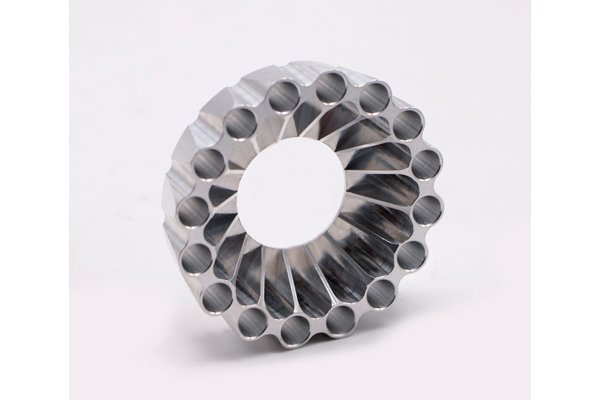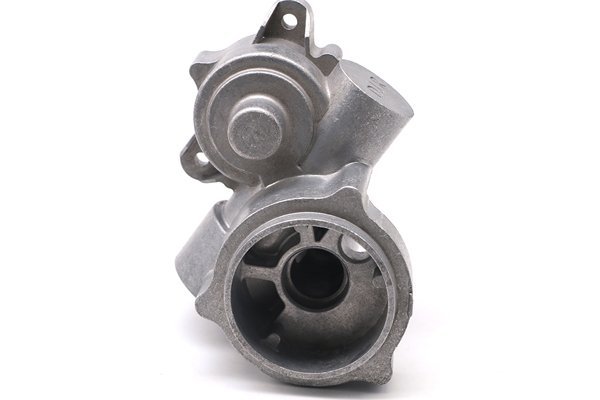: The Power of CNC Milling in Modern Manufacturing
Did you know that CNC (Computer Numerical Control) milling can enhance the impact resistance of prototype parts by as much as 30%? This statistic underscores the significance of utilizing CNC milling in manufacturing not just precision parts, but also durable components that withstand demanding applications. As part of an increasingly competitive landscape, industries are turning to CNC milling to push the boundaries of engineering and materials science.
In today’s fast-paced manufacturing environment, having prototype parts that can endure mechanical stress, thermal cycling, and environmental impact is essential. But how exactly does CNC milling contribute to this resilience? In this blog, we will explore the intricacies of CNC milling and its crucial role in improving the impact resistance of prototype parts. From understanding the milling process to selecting the right materials and techniques, we’ll provide a comprehensive guide on leveraging CNC milling for successful prototyping.
—
Understanding CNC Milling
What is CNC Milling?
CNC milling refers to a subtractive manufacturing process where material is removed from a workpiece to create a desired shape or component through programmable computer software. This technique employs a rotating cutting tool to remove material, shaping it into the intended design with high precision and repeatability.
The Role of CNC Milling in Prototype Development
Prototyping is a vital step in product development, allowing companies to test concepts, assess designs, and evaluate functional performance before moving to large-scale production. CNC milling allows for rapid prototyping, which is critical for iterative design processes, letting engineers and designers make real-world modifications based on feedback.
—
The Importance of Impact Resistance
What is Impact Resistance?
Impact resistance refers to a material’s ability to absorb energy and deform without fracturing when subjected to sudden force or shock. For many applications, such as automotive parts, aerospace components, or consumer electronics enclosures, enhanced durability against impacts is not merely a bonus; it’s a safety requirement.
Why Impact Resistance Matters in Prototypes
When designing prototypes for the final product, companies cannot afford to overlook the physical performance of materials. A product that fails under stress isn’t just a financial loss; it can lead to safety hazards, damage reputations, and could even result in recalls. Ensuring that prototype parts exhibit high impact resistance is crucial to mitigate these risks.
—
How CNC Milling Enhances Impact Resistance
One of the primary factors that affect the impact resistance of prototype parts is the choice of material. CNC milling supports a wide range of materials, each with specific properties.
Selecting the appropriate material in conjunction with CNC milling techniques can result in prototype parts with enhanced performance characteristics.
CNC milling allows manufacturers to create parts with incredibly tight tolerances, essential for ensuring that components fit together seamlessly and operate effectively under stress.

Utilizing advanced CNC milling techniques can lead to enhanced mechanical properties, resulting in components with better impact resistance.
After milling, prototype parts may undergo various post-processing techniques that further enhance their mechanical properties and impact resistance.
CNC milling allows for flexible designs, enabling engineers to incorporate features that enhance impact resistance directly into the prototype.
Quality control during the CNC milling process ensures that every part produced meets stringent specifications and standards.
—
In summary, CNC milling plays an instrumental role in enhancing the impact resistance of prototype parts through careful material selection, precision machining techniques, effective post-processing, informed design strategies, and rigorous quality control measures. When properly done, CNC milling not only results in high-quality prototypes but also prepares companies for successful large-scale production.
As we advance into an era where precision, durability, and functionality fulfill consumer needs, understanding and leveraging the capabilities of CNC milling is more vital than ever. For engineers, design teams, and manufacturing companies, investing in CNC milling can lead to innovative breakthroughs, strong performance, and ultimately, a competitive edge in their respective markets.
Engaging in the practices outlined in this blog is not just about improving impact resistance; it’s about redefining what’s possible in the realm of prototyping and manufacturing. So if you’re ready to elevate your prototype development process and embrace the power of CNC milling, there’s no better time to get started!
By embracing advanced CNC milling techniques and maintaining a focus on quality, manufacturers can pave the way for innovations that withstand the test of time and impact. Don’t underestimate the significance of a well-milled part; after all, today’s prototypes are tomorrow’s game changers.






